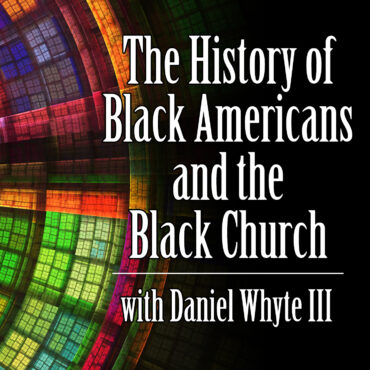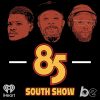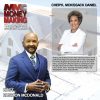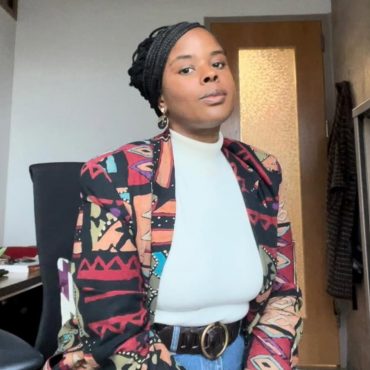
Slavery & the New World, Pt. 2; the Negro Church, Pt. 2; the Reconstruction Period
Our Scripture verse for today is John 6:35 which reads: “And Jesus said unto them, I am the bread of life: he that cometh to me shall never hunger; and […]
 play_arrow
play_arrow
 play_arrow
play_arrow
WUWY: Turning Pain Into Power podcast
Thursday, December 18 podcast
 play_arrow
play_arrow
 play_arrow
play_arrow
 play_arrow
play_arrow
 play_arrow
play_arrow
Trash Pick Up, Porch Pirating & Race Based Discrimination in Healthcare with Dr. Jazmin Evans podcast
 play_arrow
play_arrow
🔔The Final Bell-Episode 395 🔔 podcast
 play_arrow
play_arrow
 play_arrow
play_arrow

Our Scripture verse for today is Isaiah 7:14 which reads: “Therefore the Lord himself shall give you a sign; Behold, a virgin shall conceive, and bear a son, and shall call his name Immanuel.”
Our History of Black Americans and the Black Church quote for today is from Lee June, a professor at Michigan State University and the author of the book, “Yet With A Steady Beat: The Black Church through a Psychological and Biblical Lens.” He said, “There is found in some songs a deep religious, psychological, emotional, spiritual, and theological significance. The songs sung in ‘Black churches’ often speak of a brighter day, assurance, hope, being on the battlefield, heaven, victory, and the power of God. Many observers of religion and gospel singing will admit that few sing with such creativity, melody, fervor, and emotion as Black people.”
Our first topic for today is titled “The Slave Trade and the New World (Part 3)” from the book, “From Slavery to Freedom” by John Hope Franklin.
Doubtless, some Africans who were sold to the east and north during the period of Muslim domination found their way into the markets of Western Europe. It was not until the end of the fourteenth century, however, that Europeans themselves began to bring slaves into Europe. Both Spanish and Portuguese sailors were exploring the coast of Africa in the wake of the great wave of expansionism that had swept over Europe. They went to the Canary Islands and to innumerable ports on the mainland as far as the Gulf of Guinea…
Our second topic for today is “The Negro Church: A Nation Within a Nation, Part 3” from The Negro Church in America by E. Franklin Frazier. He writes:
— The “Invisible Institution” Merges with the Institutional Church (Continued)
It is our purpose here to show how an organized religious life became the chief means by which a structured or organized social life came into existence among the Negro masses. The process by which the “invisible institution” of the slaves merged with the institutional churches built by the free Negroes had to overcome many difficulties. These difficulties arose chiefly from the fact that there were among the free Negroes many mulattoes and that they, as well as the unmixed Negroes, represented a higher degree of assimilation of white or European culture. This was often reflected in the difference of the character of the religious services of those with a background of freedom and those who were just released from slavery…
Our third and final topic for today is from “The Black Church in the U.S.: Its Origin, Growth, Contributions, and Outlook” by Dr. William A. Banks.
Today we are looking at part 3 of Chapter 4: “Reconstruction and Retaliation — 1866 to 1914”
TREMENDOUS CHURCH GROWTH
But what about the church? How did it fare? It grew by leaps and bounds and easily became the very center of Negro social life: a means for self expression, recognition, and shelter from the cruel white world. Many mutual-aid societies and orders were founded which, along with the churches, offered help in time of sickness and death. The Negro preacher became a very important factor in the life of his people, more so than ever before. Two things happened. The “invisible” church of the Southern plantations during slavery time now became visible, adding for the most part to the size and number of independent Baptist and Methodist Negro churches…

Our Scripture verse for today is John 6:35 which reads: “And Jesus said unto them, I am the bread of life: he that cometh to me shall never hunger; and […]


Copyright Blackpodcasting 2025